We eased off the train from Seoul into Jinju, our limbs thankful for the stillness. Ditching the station’s buzz, we hopped into a taxi that whisked us another 10 kilometers to our abode, the New Yorker Hotel. A curious fusion of luxury and kitsch greeted us with a jacuzzi and a cinema right in our room – all for a modest sum, merely a few dozen USD per day. With dinner still a distant thought, we agreed to regroup later and I ventured out solo. Aimlessly wandering the streets, curiosity led me to a verdant sprawl by the Namgang River, revealed by my map. Uncharted by my eyes, there loomed a modest P30 hill crowned with an ancient fortress, a delightful surprise on my urban expedition.

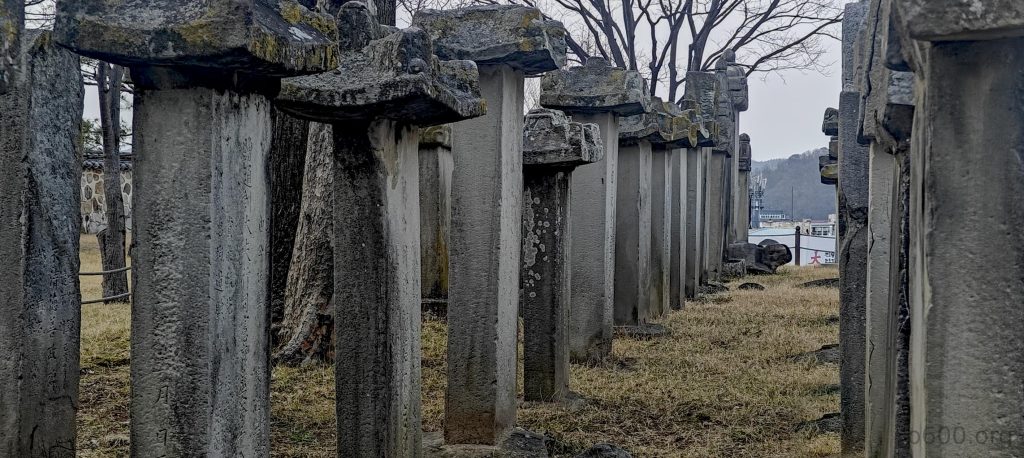
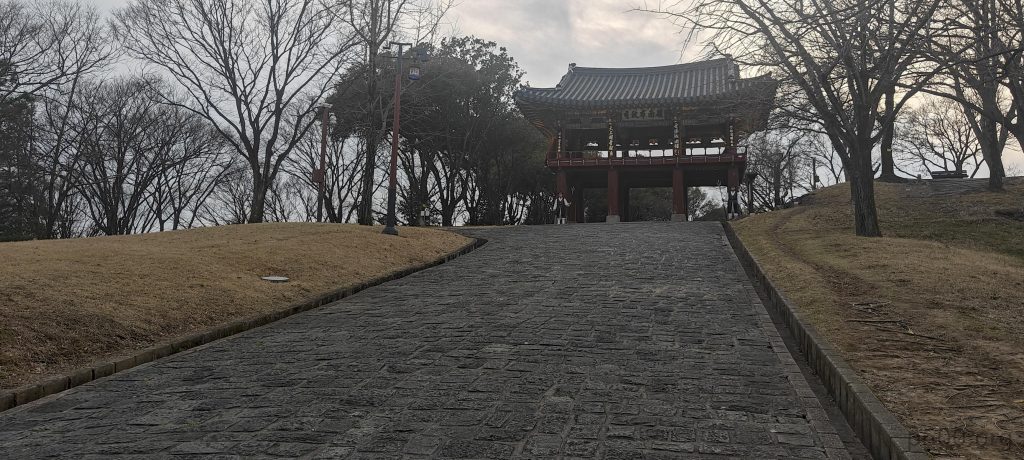
Geoyeolseong’s ancient foundations evolved through the ages, becoming Chokseokseong and finally Jinjuseong, guarding the Honam region through tumultuous times, particularly during the Imjin Waeran. This fortification, now a paragon of restoration, looms over the Namgang River’s northern edge, a vigilant overseer of Jinju. The east gate reveals the storied Chokseong-nu pavilion; further explorations along the walls lead to a series of pavilions, with the grandest stationed at the southwest. Amidst its embrace, historical treasures abound: Kim Shi-min’s memorial, the Uigisa Shrine, Seojangdae, Bukjangdae, the reverent Changyeolsa shrine, Hoguksa Temple, and an amphitheater—each an evening spectacle as they shimmer on the water’s surface. The Jinju National Museum also finds its home here, a trove of Imjin Waeran history waiting to be uncovered within these storied ramparts.
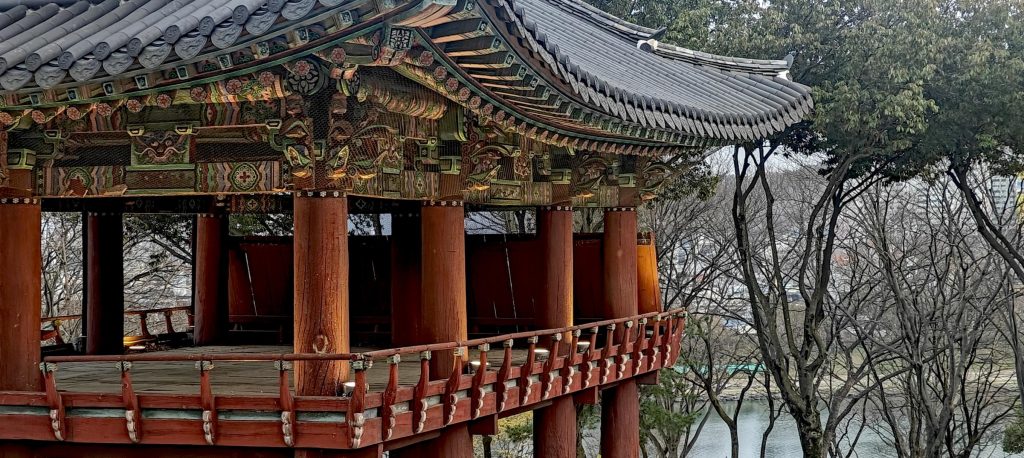
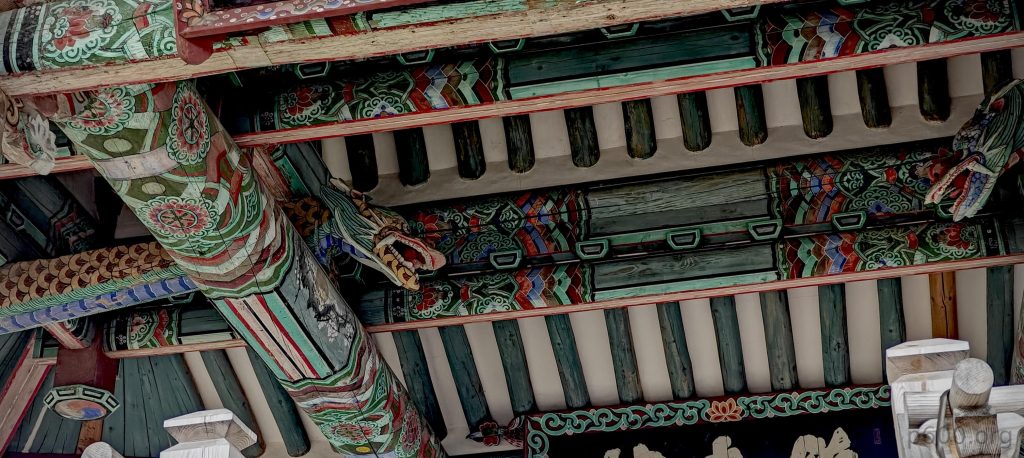
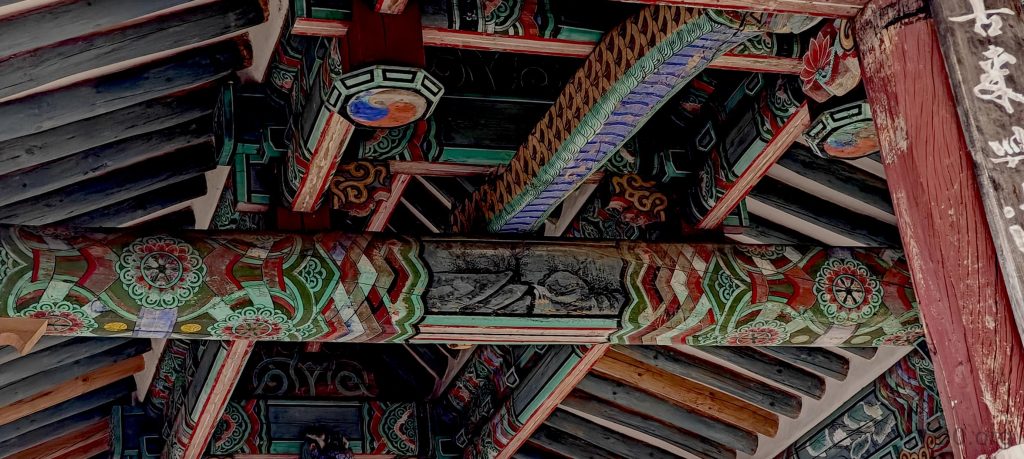
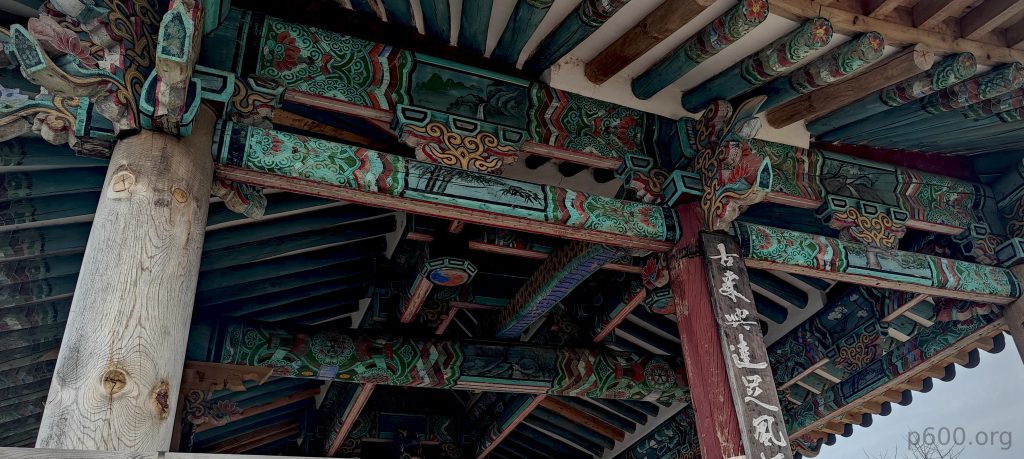

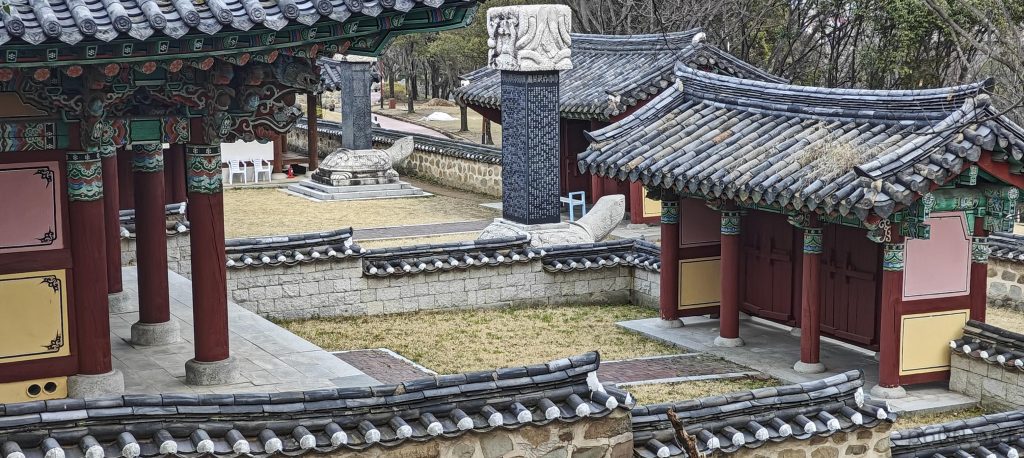
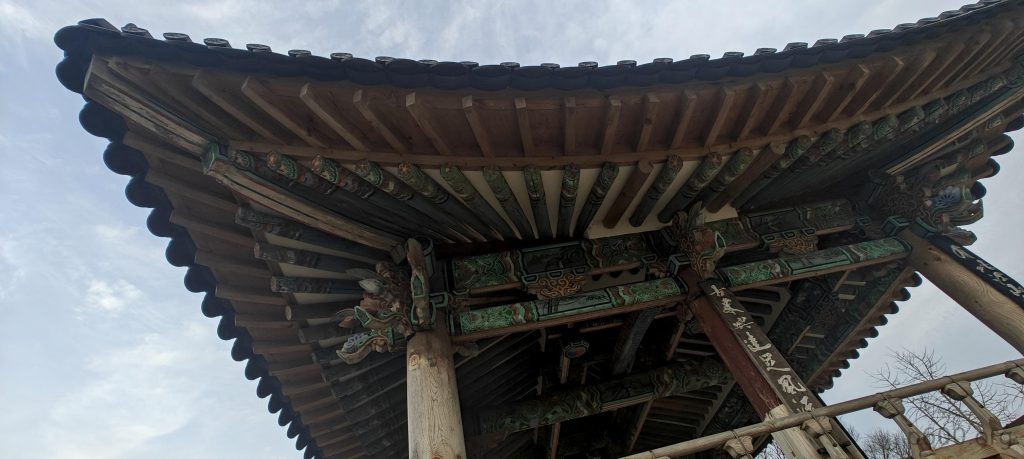
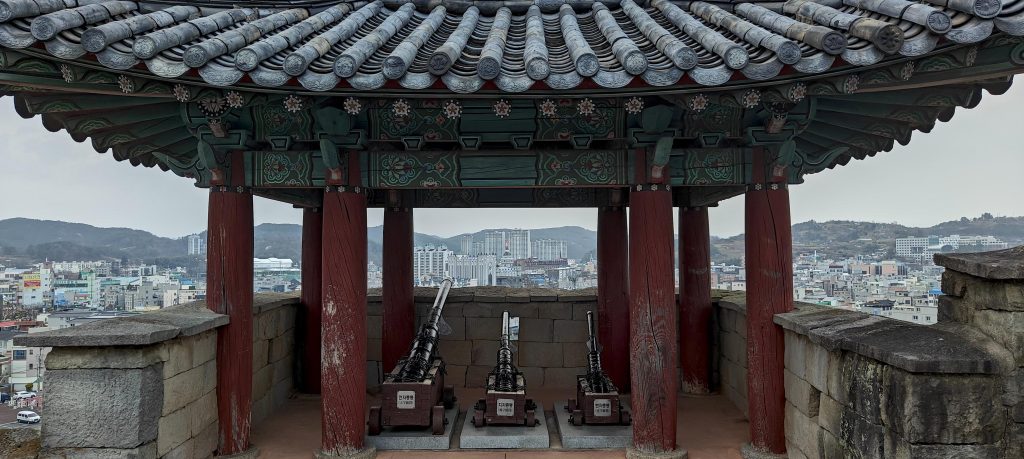
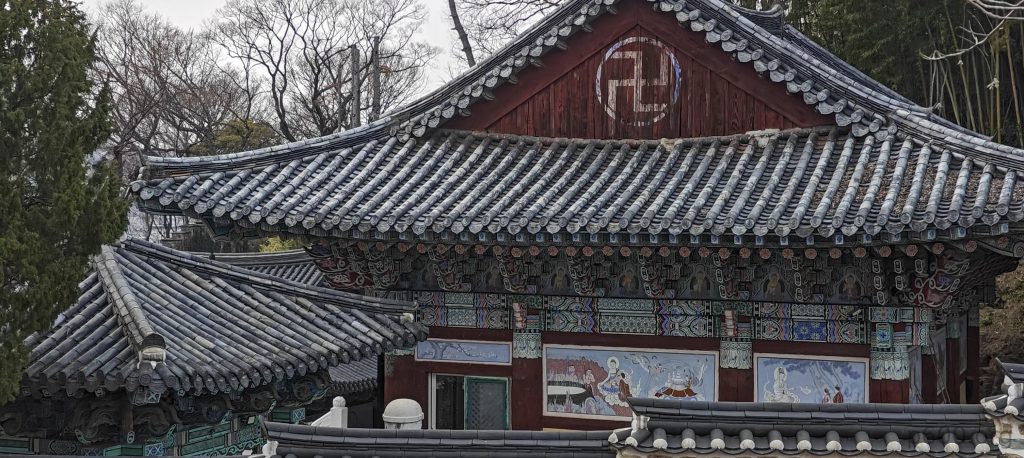

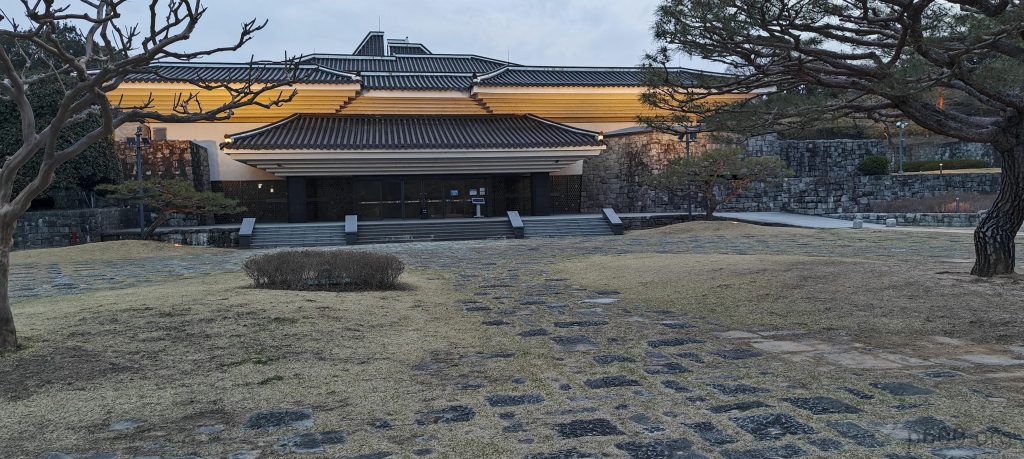
Jinjuseong’s walls call to the adventurous heart with views that seize the eye and stir the spirit. My quest for the loftiest vantage points becomes a dance across history’s shoulders—from the north, I’m lured to the northwest, until the west reveals its crowning altitude. Jinju lies below, a hushed mosaic of cultural layers and quiet dignity. The journey’s peak is found in a modest grassy knoll, a hidden gem beside a fence, its charm undeniable. Later, Richard, Denise, and I confer, declaring this spot the pinnacle of natural nobility, reigning supreme over the crafted ramparts. The walls, while noble, bow to the innate grace of the earth’s handiwork. The topographic verdict is clear: this central oasis stands as Jinjuseong’s fortress undisputed highpoint.

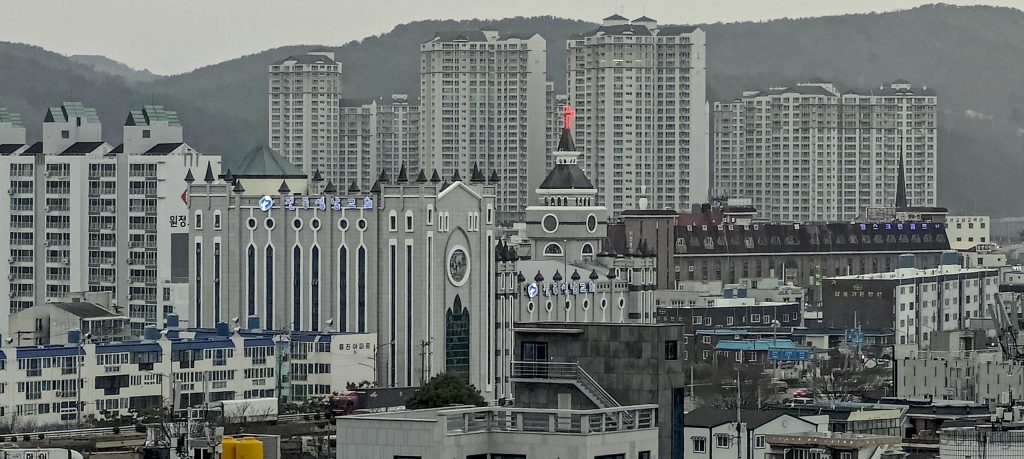
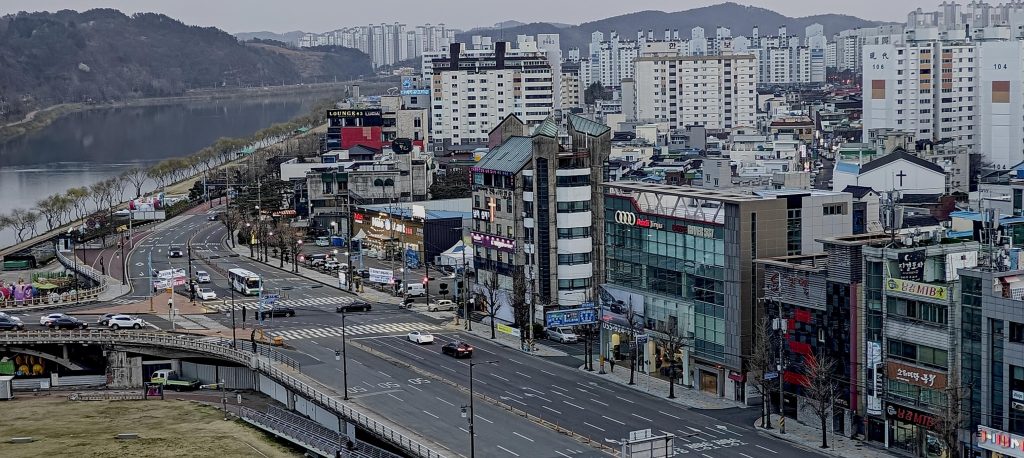
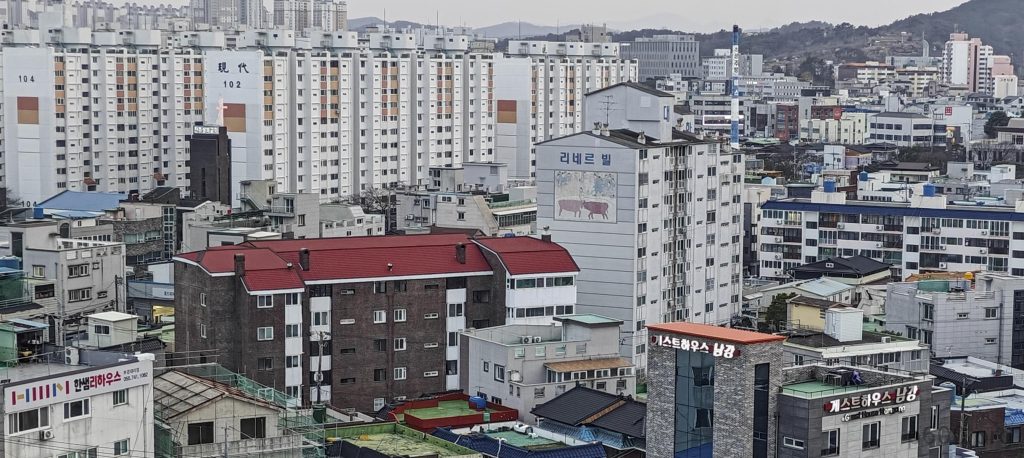
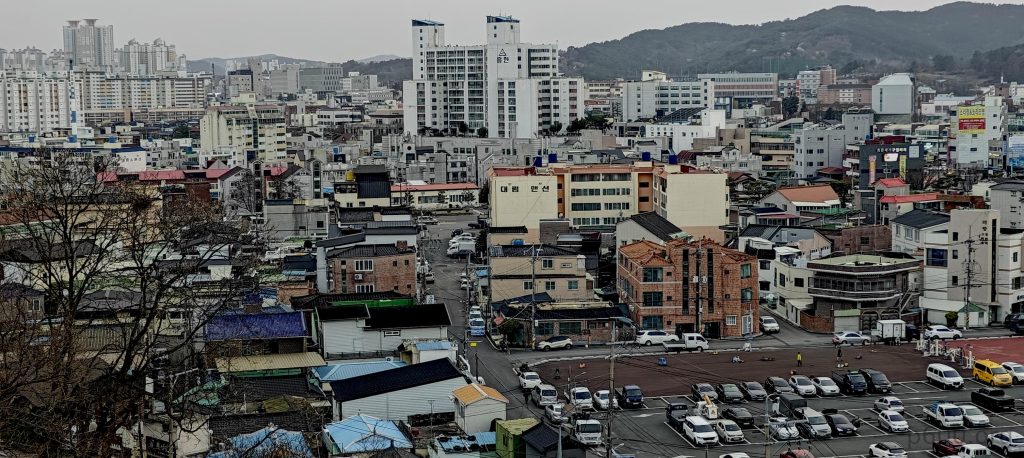
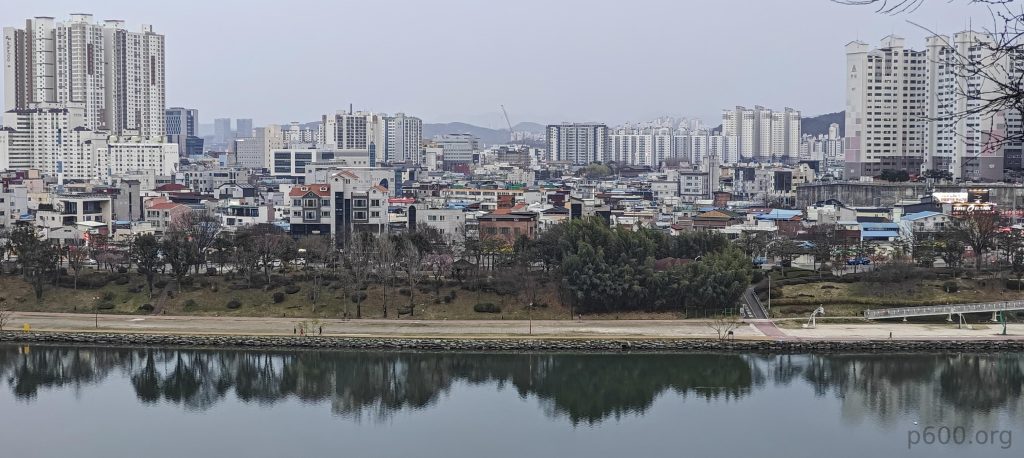
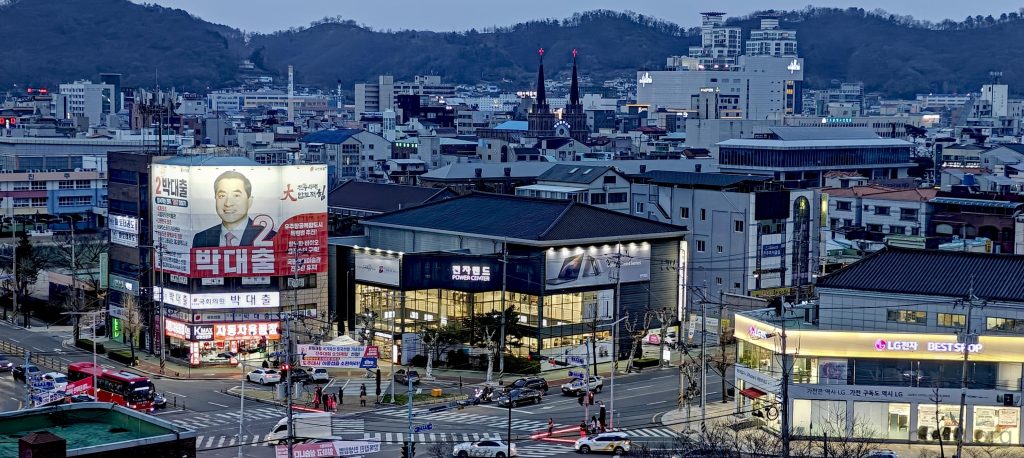
Heading back to meet Denise and Richard at the hotel, my gut whispers a change of plans—they’re here, somewhere on this historical canvas. Trusting this nudge, I retrace my steps, and sure enough, I spot Richard nearing the North highpoint. It seems peakbaggers are drawn to highpoints like moths to a flame. So, we tackle the elevated terrain once more before diving into the urban maze below, landing in a chicken stew restaurant. The air is thick with spice, and the waitress challenges our palates: level 1, 2, or 3? Boldly, I claim level 3, but her skeptical glance cuts through my bravado. Heeding the silent warning, I scale back to 2—a choice that proves not just wise but deliciously vindicating.
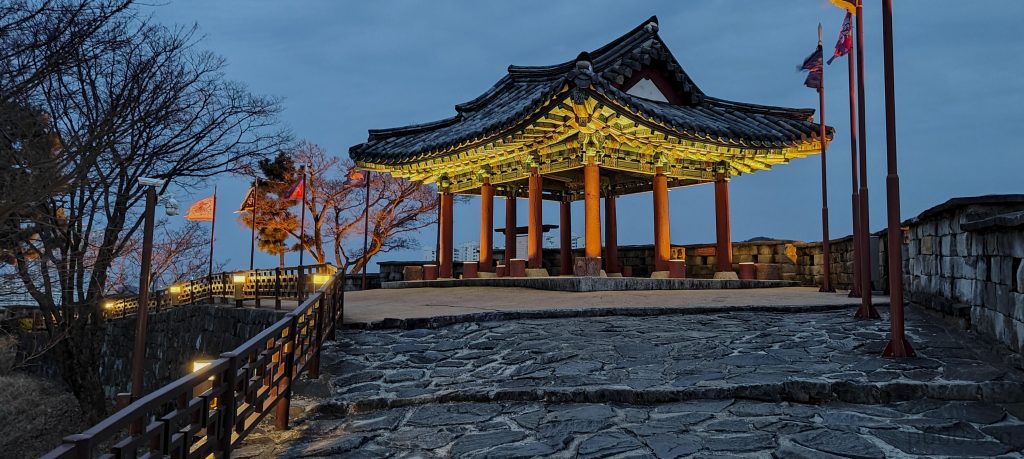
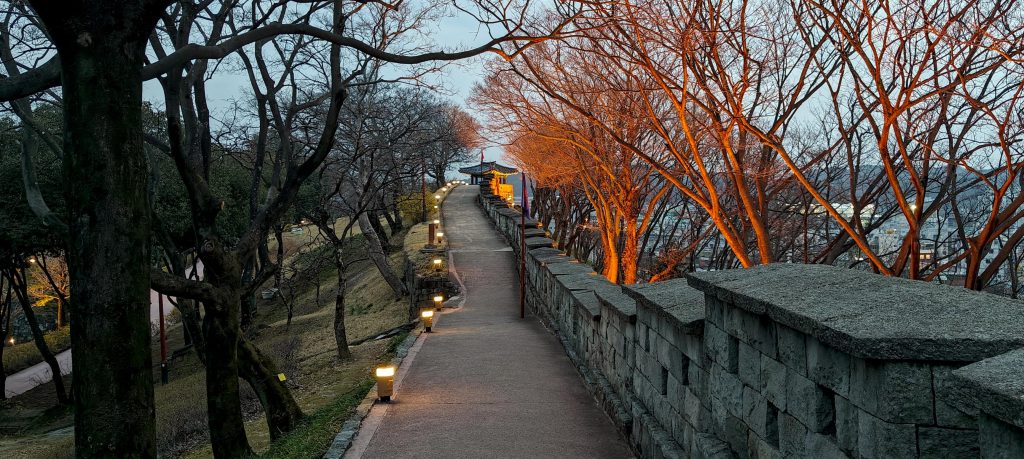
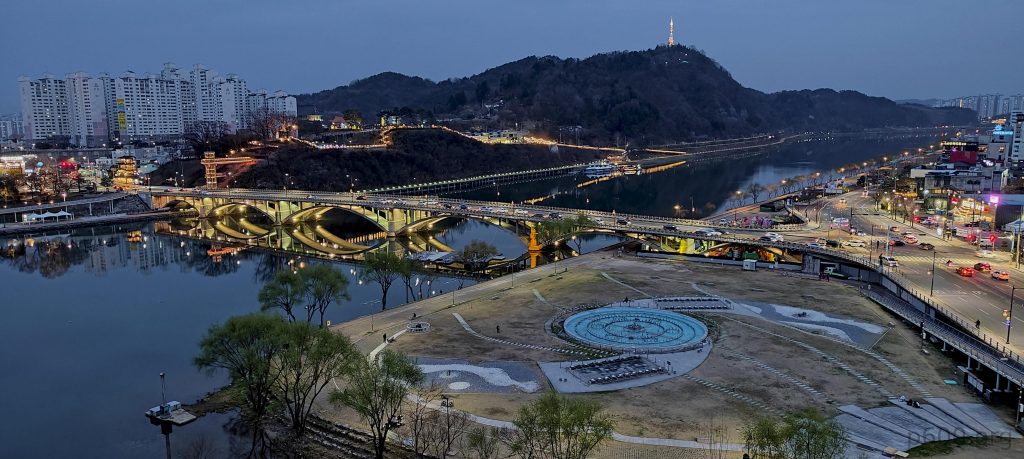




Jinju city, following our visit to the Jinjuseong fortress, garners an unexpected layer of appreciation, revealing its charm beyond the initial, mundane view of high-rises near the station. This city, where the threads of history and modernity weave together, adds a delightful dimension to our adventure. The next day promises a challenge: ascending Jiri-san. Our ambition is tinged with uncertainty, not about the climb—anticipated to be manageable—but about navigating the 40 kilometers to the trailhead without a clear plan. Complicating our trek is the possibility of encountering snow and ice at the summit, adding an element of caution to our anticipation.




